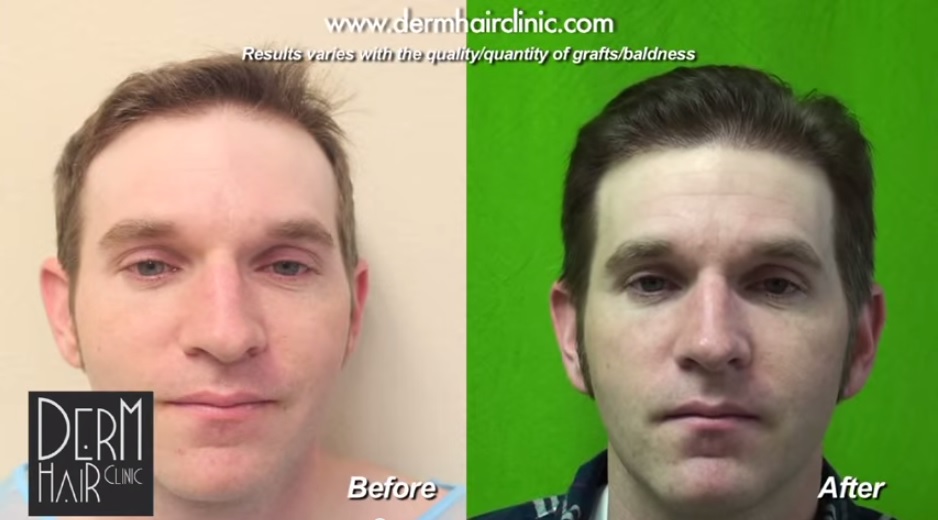First, become very familiar with the basic hair transplant techniques that are used.
This makes it easier to understand important details that you will need to make the right decisions for yourself.
Hair transplants are not for everyone, and ultimately it is an individual’s decision on whether or not it really matters to them.
Hair Transplant Facts: Strip Versus FUE Hair Transplant
If you are like most people, you may not want others to know about your hair transplant. This is perfectly ok. Nowadays, with the hair transplant method known as FUE using advanced techniques like the UGraft, one can simply keep their surgery a secret. How is this possible? Unlike strip surgery where a linear section of the scalp is excised to harvest grafts, there are no stitches, staples, or other sutures used that would give it away.
Some other benefits include minimal scarring and the ability to create very detailed and natural looking results. In UGraft FUE, tiny punches are used. And any scars that develop would be small round wounds. Doctors also have the ability to select different types of hair thickness which is not possible with strip surgery.
One thing to keep in mind is that Follicular Unit Extraction is not a quick and easy procedure An FUE hair transplant can take many hours to perform, and it requires a high level of skill. That is why it is recommended to know your hair transplant facts before choosing a surgeon to perform a FUE hair transplant.
Hair Transplant Facts: What Factors Determine Success?
One may be wondering, how are successful results achieved? The secret lies primarily in the doctor’s overall skills. Secondly, the types of tools used is also important for desired results.
With the ability to harvest abundant quantities of grafts beyond the donor regions of the scalp, one can achieve a full head of hair, and great density.
Besides the extractions, the surgeon would need to skillfully insert each graft according to specific angles, directions and other factors to create the most natural look. Their proficiency in hairline and temple design is also essential for high quality results.
Preparing For A Hair Transplant
Often many wonder how to prepare for a hair transplant procedure. There are specific do’s and don’ts given to the patient by the surgeon in terms of eating, showering, etc.
On the day of the transplant, photos may be taken of the patient prior to surgery. These will be used to create before and after images to compare the results.
After Surgery
What may be a relief to know is that patients are not bedridden after the UGraft FUE transplant. In fact, they are able to walk upright following their procedure. Due to the possible use of sedatives, they may need to be driven home with the help of a cab or relative.
Results will obviously be a high priority. So when will these changes become apparent? New growth typically manifests around the 4th month after a period of shedding. The original hairs will leave to make room for new growth. So this is a good sign and not a cause for worry!
Continued improvements will take place until about the eighteenth month following the surgery.
A UGraft FUE hair transplant can be highly customized to suit the unique facial characteristics of each patient. And there is no linear scar. Therefore, hair can be worn in a variety of ways from short conservative styles, or longer lengths.

Related articles
